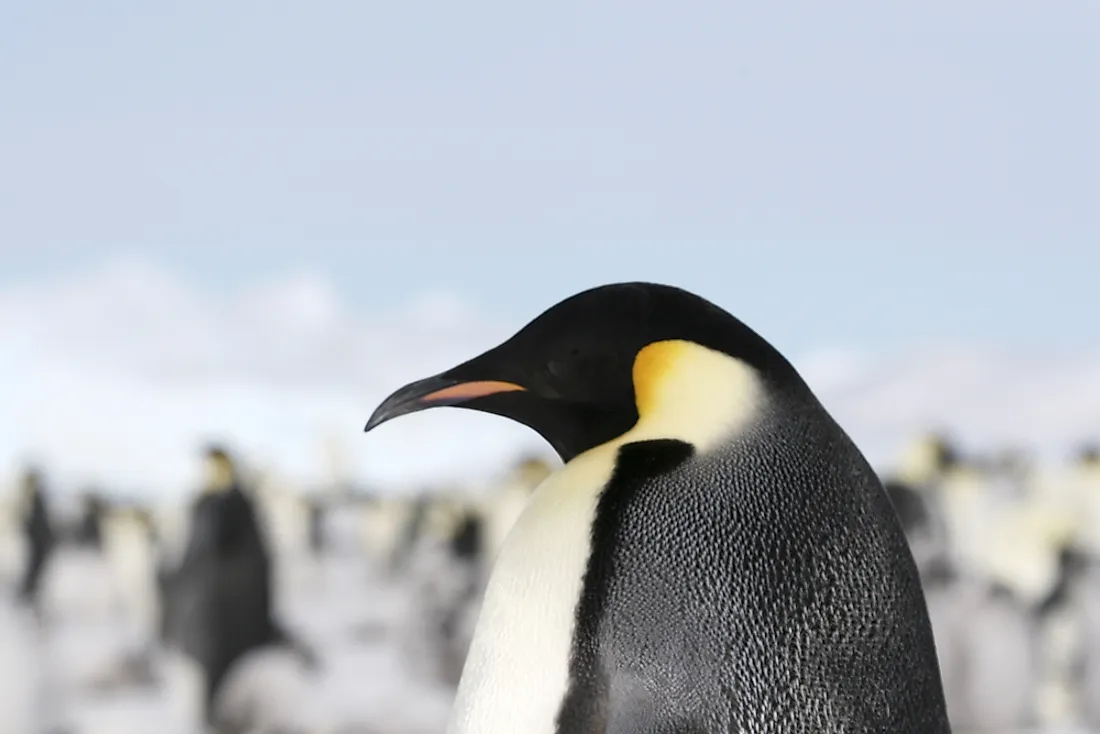Interesting Facts About The Extinct Colossus Penguin

Penguins are animals that have longtime intrigued humans. Before they became classified as birds, it was hard for people to tell exactly what kind of animal penguins were as they resembled both a bird and a fish. Penguins belong to the family Spheniscidae and are classified as aquatic birds that have been in existence for the past 50 million years. The Colossus Penguin, which went extinct some 37 million years ago, was the biggest penguin to ever have existed.
The Colossus Penguin
The Colossus penguin stood at an incredible 6 foot and 8 inches tall from the tip of its beak to its toes. The fossil of the Colossus penguin was discovered at the La Meseta Formation on Seymour Island in Antarctica by scientists. The fossils that were unearthed had two major bones, one of the wing and the other was a tarsometatarsus which is a bone found in the lower leg of a bird. The one that was unearthed measured 3.6 inches, which is way larger than average penguin size. The giant penguin weighed around 250 pounds which is twice the weight of the current largest penguin on earth, the Emperor Penguin.
Interesting Facts About The Colossus Penguin
Owing to its giant stature, the colossus penguin could hold its breath for 40 minutes at once. This made the colossus penguin a highly efficient fisher as it could spend more time underneath the water searching for fish. To put this feat into perspective, most whales and dolphins can only hold their breath underwater for 20 minutes. The giant penguin had its natural habitat in the southern region of Antarctica where the conditions were more favorable, and food supply was plentiful, this may have contributed to their large numbers because it did not have any natural enemies. Like many of their fellow penguins, the Colossus Penguin stayed in large colonies in the south where they hunted for food in the icy waters and laid their eggs on the land. Colossus penguins are believed to have hunted larger prey since they were bigger and needed more food than the modern-day penguins who feed on small fish.
Extinction Of The Colossus Penguin
Not much is known in regards to what led to the extinction of the colossus penguin. However, it is speculated that the changing climate may have contributed to their demise. Penguins prefer colder climates and are efficiently adapted for that, and when there is a slight change in climate they may find it difficult to survive. Another possible explanation is that they evolved over time and gradually reduced in size to keep up with the changing world and the new rise of other species that either hunted them or were competing for resources.











